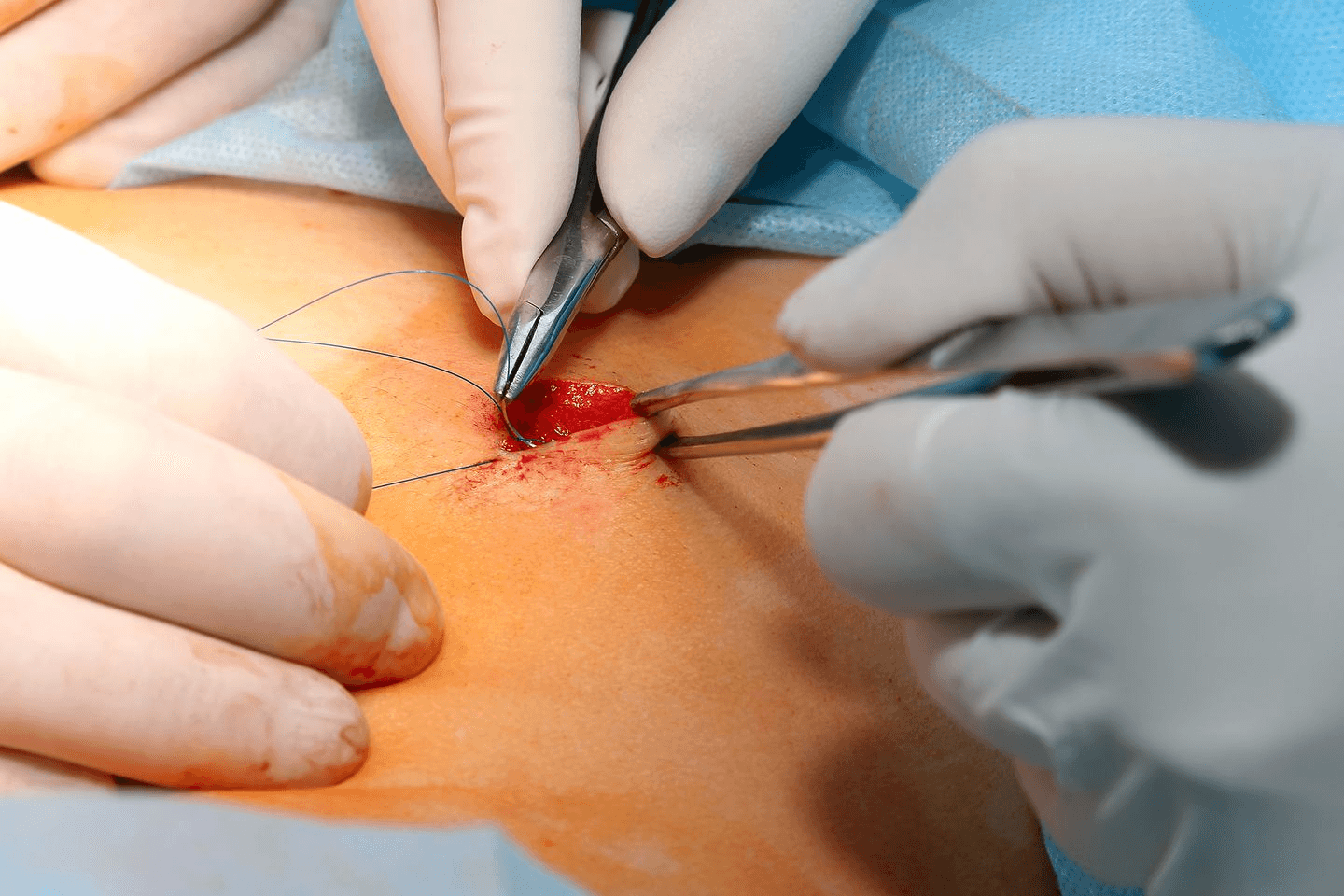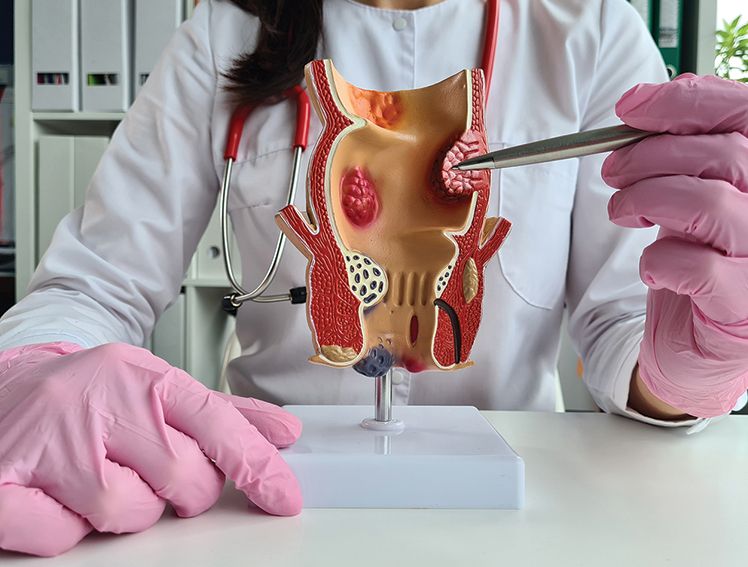
Everything You Need To Know About Hernia Mesh Surgery
What is hernia mesh?
In medical terms “mesh” is a word that describes a flat sheet of prosthetic material, which is used to “cover” or “patch” a hernia. Hernia mesh is a medical device which is implanted into the upper stomach, groin, or abdomen of the patient undergoing hernia surgery. Also referred to as a surgical mesh, this medical device is used to support the weakened tissues. It is also used for closing an opening within the damaged muscles which enable a hernia to pass through. As per several studies, a surgical mesh can reduce the rate at which hernia can re-occur.
Repairing hernias with the help of surgical mesh
Hernia surgeries are typically performed by general surgeons or urologists who use surgical mesh to repair the hernia. A hernia mesh serves as a flexible scaffold in hernia repair surgery. It has the ability to reinforce the muscle walls and also prevent the organs from coming through. As such, it prevents the patient’s condition from worsening.
During the hernia surgery, the surgeon places the mesh on top of the open hernia. The surgeon also uses additional medical devices such as tacks, sutures, and surgical glue to hold the surgical mesh in its place. As time goes by, the patient’s tissue typically begins to grow into the small pores present in the mesh, while also strengthening the muscle wall. This condition creates scar tissues, which strengthen the site of the hernia. The mesh repairs made during a hernia mesh surgery are usually permanent, which means that the implant remains fixed in the patients’ body for the rest of their life.
Hernia Mesh Surgeries
There are two types of surgeries in which hernia mesh is implanted. They are as under:
- The Laparoscopic Repair Surgery
The laparoscopic repair surgery is a minimally invasive surgery which is always performed under general anesthesia. In this surgery, the surgeon makes several albeit small incisions. The surgeon then inserts various surgical tools through the openings in order to implant the mesh and secure it. The laparoscopic repair procedure enables the patient to heal within a short duration and results in significantly less blood loss. However, this surgery is deemed more challenging and is often more expensive. Patients typically recover within a week or two and can go back to their regular routine. - The Open Repair Surgery
The open repair surgery is one in which the surgeon may or may not need to use surgical mesh. Like the laparoscopic repair surgery, the open repair surgery is also performed under general anesthesia. However, surgeons may substitute general anesthesia with spinal or local anesthesia, along with sedation, as per the patient’s case. In this procedure, the surgeon makes an incision close to the hernia in order to repair the weakened muscle area. It typically takes patients approximately three weeks to recover after undergoing open repair surgery. They can resume their normal routine.
Different types of meshes used in hernia surgeries and how are they different
There are several different types of meshes used in hernia surgeries. Some are made of various plastic materials that closely resemble a window screen in their appearance. Yet others are composed of biologic materials. Then there are permanent meshes, while there are others that degrade over time. Some hernia meshes are also composed of protective coatings. Surgeons typically place these types of meshes in the abdomen or the areas near the abdominal organs.
Meril’s MERIGROW MESH is a polypropylene macro-porous lightweight mesh with round mesh edges. With its optimum combination of strength and elasticity, it is the ideal pre-peritoneal mesh for all types of hernia procedures. The mesh is distinguished by its bigger pore size for faster tissue growth, making it incredibly comfortable for patients.
Surgical techniques used to repair hernias with mesh
Fundamentally, there are three different techniques for repairing hernia with mesh. The method chosen by the surgeon typically depends on the particular condition of the patient undergoing hernia surgery. The following are the standard surgical techniques used in hernia mesh surgeries.
- The Transabdominal pre-peritoneal or TAPP Technique
In this technique, the surgeons enter the peritoneum, i.e. the thin inner most membrane of the abdominal wall. They then place the surgical mesh in the appropriate layer of the abdominal wall with a small incision, so that it does not come in contact with the internal organs. - The Totally Extra-peritoneal or TEP Technique
In this type of surgery, the surgeon essentially avoids the peritoneal cavity. The TEP surgery is typically more complicated to perform than the TAPP surgery, but it also involves the use of surgical mesh. Surgeons usually opt for this procedure because it results in fewer complications as compared to TAPP surgery. - The Intraperitoneal On-lay Mesh Technique or IPOM Technique
In this technique, the surgeon enters the peritoneal cavity in order to implant a mesh on the inside of the peritoneum. The implanted surgical mesh comes in contact with the intestines and the other organs. The IPOM technique became popular in the 1990s and is typically much easier and faster to perform as compared to both, TAPP and TEP.
The advantages of using mesh in hernia surgeries
There are several advantages of using surgical mesh in hernia surgeries. They are as under:
- Several decades ago, hernia repair surgeries were performed with the help of simple suturing techniques. However, some types of hernias had a recurring rate of 25% to 50%. This change is attributed to surgical meshes.
- It strengthens a broader area around the opening.
- Meril’s MERRIGROW Mesh provides long-term tissue support and extra space for tissue growth.
- It comes with an adaptable shape and elasticity, which matches the changing dynamics of abdominal walls and pressure.
- Mesh reduces fibrosis, the chance of nerve entrapment and the formation of seroma.
- The large pores in the Mesh allow faster and better soft tissue ingrowth, lower foreign body reaction, thus resulting in the formation of a flexible scar.
Final note
A patient may take anywhere from 2 to 3 weeks to completely heal, post a hernia surgery. The recovery period depends on the type of procedure and the condition of the patient. They can go back to their normal routine within three to six months.



